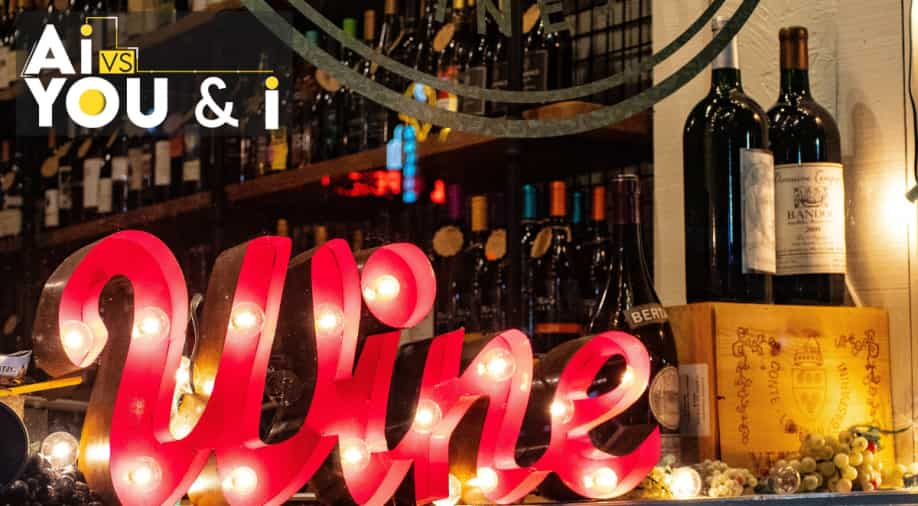Wine tasting with AI? Scientists achieve spirited breakthrough in Artificial Intelligence domain
Story highlights
While the researchers took wine as a case, the same method can be applied to beer and coffee, it has been reported.
The wine lovers of the world may soon find a reliable partner in Artificial Intelligence (AI). While there have been smartphone applications all over the world to enhance the wine-buying experiences, there was no Artificial Intelligence to taste the wine for you.
Wine tasting has been a lucrative profession for decades, especially in Europe.
But a new development in the fast-changing horizon of Artificial Intelligence may revolutionise the way an individual makes a choice to buy the wine or not. The breakthrough by a team from the Technical University of Denmark, the University of Copenhagen and California Institute of Technology (CalTech) can now incorporated another crucial parameter: individual flavour and taste impressions.
trending now
"By feeding an algorithm with data consisting of people’s flavour impressions, the algorithm can make more accurate predictions of what kind of wine we individually prefer," Thoranna Bender, a graduate student at DTU, said in a formal statement.
What did the study say?
The research involved hosting wine tastings with 256 participants. They were given shot-sized cups of different wines on an A3 paper based on perceived similarity in taste. The result was digitised by photographing the papers.
Also watch | World of Food: How wine took over the world
The final data was combined with a vast array of wine labels and user reviews formed the basis of the newly developed algorithm.
"The dimension of flavour that we created in the model provides us with information about which wines are similar in taste and which are not. So, for example, I can stand with my favourite bottle of wine and say: I would like to know which wine is most similar to it in taste – or both in taste and price," Thoranna Bender said.
Thoranna Bender further expounded that while they took wine as a case, the same method can be applied to beer and coffee.
What does it mean?
According to a co-author of the study, the newly developed technique uses human sensory experiences modelled within an algorithm for wine tastings.
The professor and co-author Serge Belongie from the Department of Computer Science heads the Pioneer Centre for AI at the University of Copenhagen added in an official statement: "We can see that when the algorithm combines the data from wine labels and reviews with the data from the wine tastings, it makes more accurate predictions of people’s wine preferences than when it only uses the traditional types of data in the form of images and text. So, teaching machines to use human sensory experiences results in better algorithms that benefit the user."
(With inputs from agencies)
















